Answered step by step
Verified Expert Solution
Question
1 Approved Answer
Length, 1 (m) Resistance, R ( 2 ) 1 1.1 22.74m 2 3.9 79.07m 3 4.4 88.49m A 6 0.12m 5 7 0.14m 6 7.9
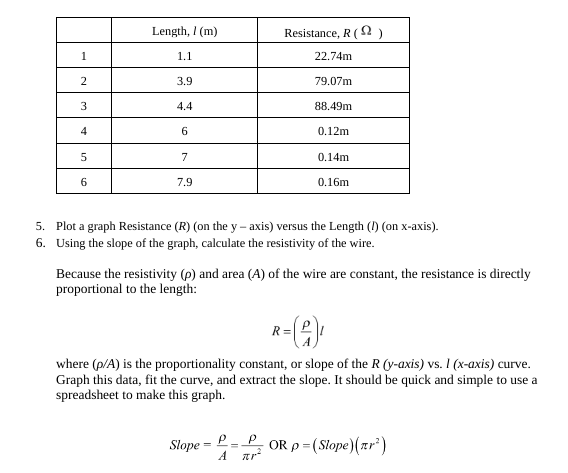
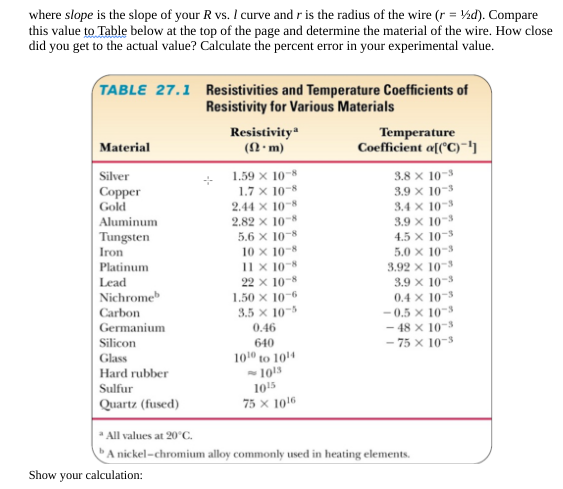
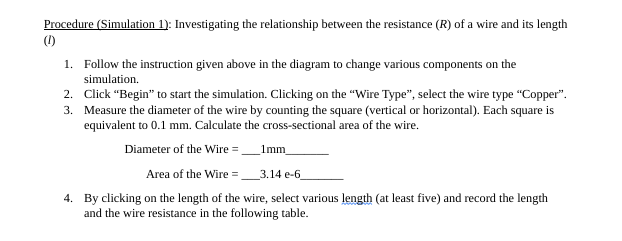

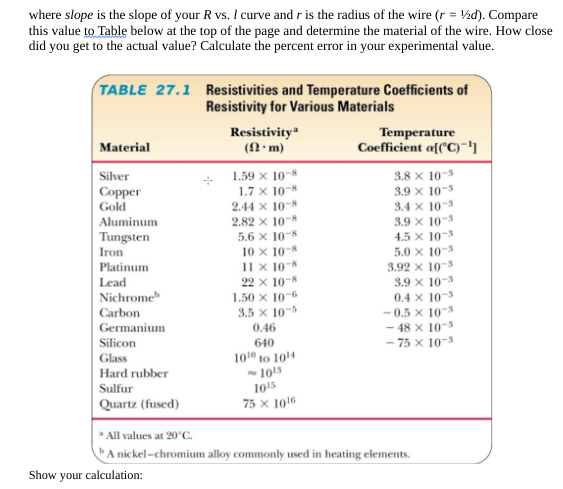
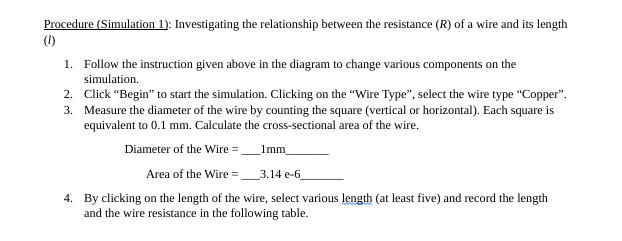
Step by Step Solution
There are 3 Steps involved in it
Step: 1

Get Instant Access to Expert-Tailored Solutions
See step-by-step solutions with expert insights and AI powered tools for academic success
Step: 2

Step: 3

Ace Your Homework with AI
Get the answers you need in no time with our AI-driven, step-by-step assistance
Get Started


